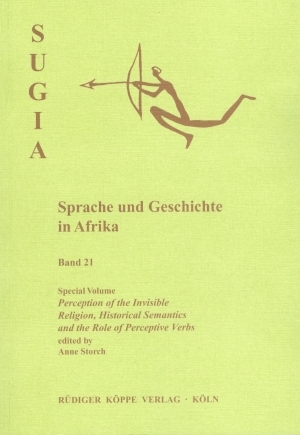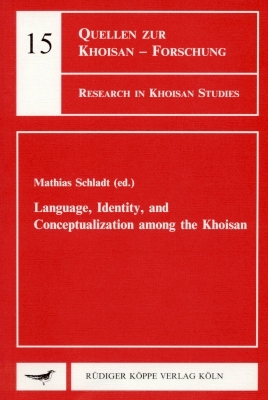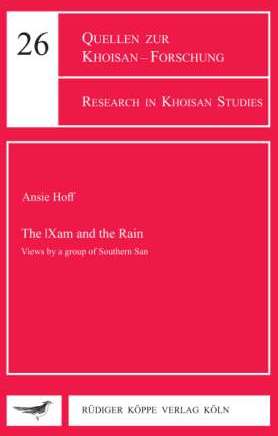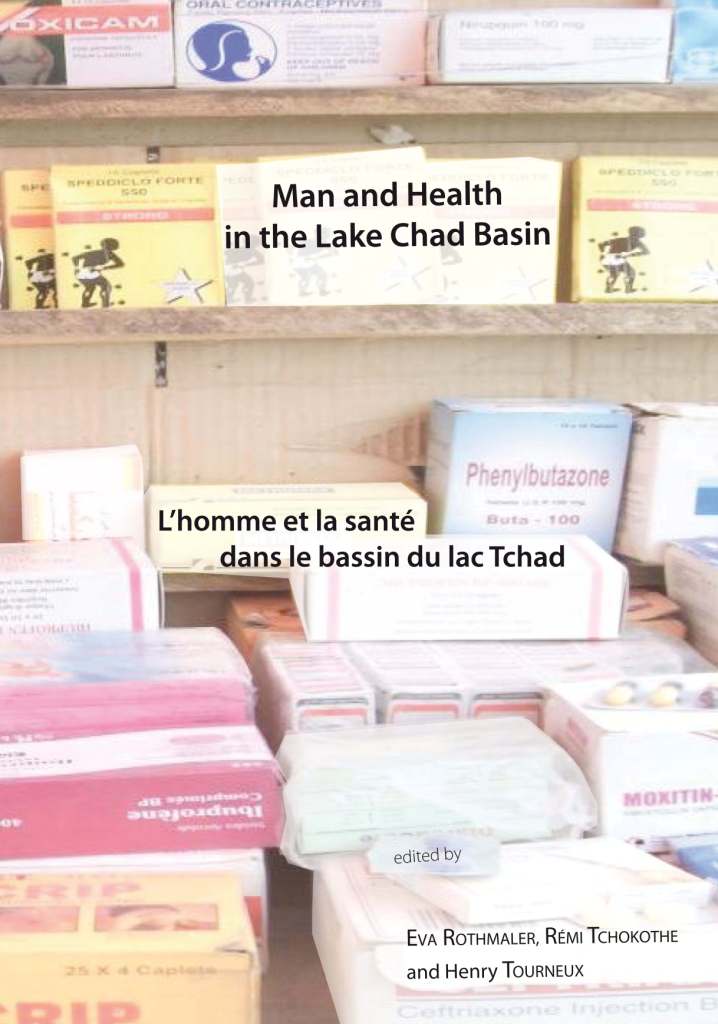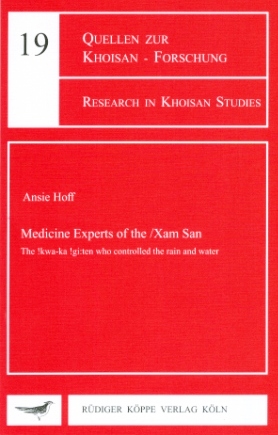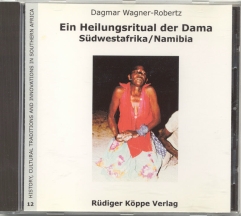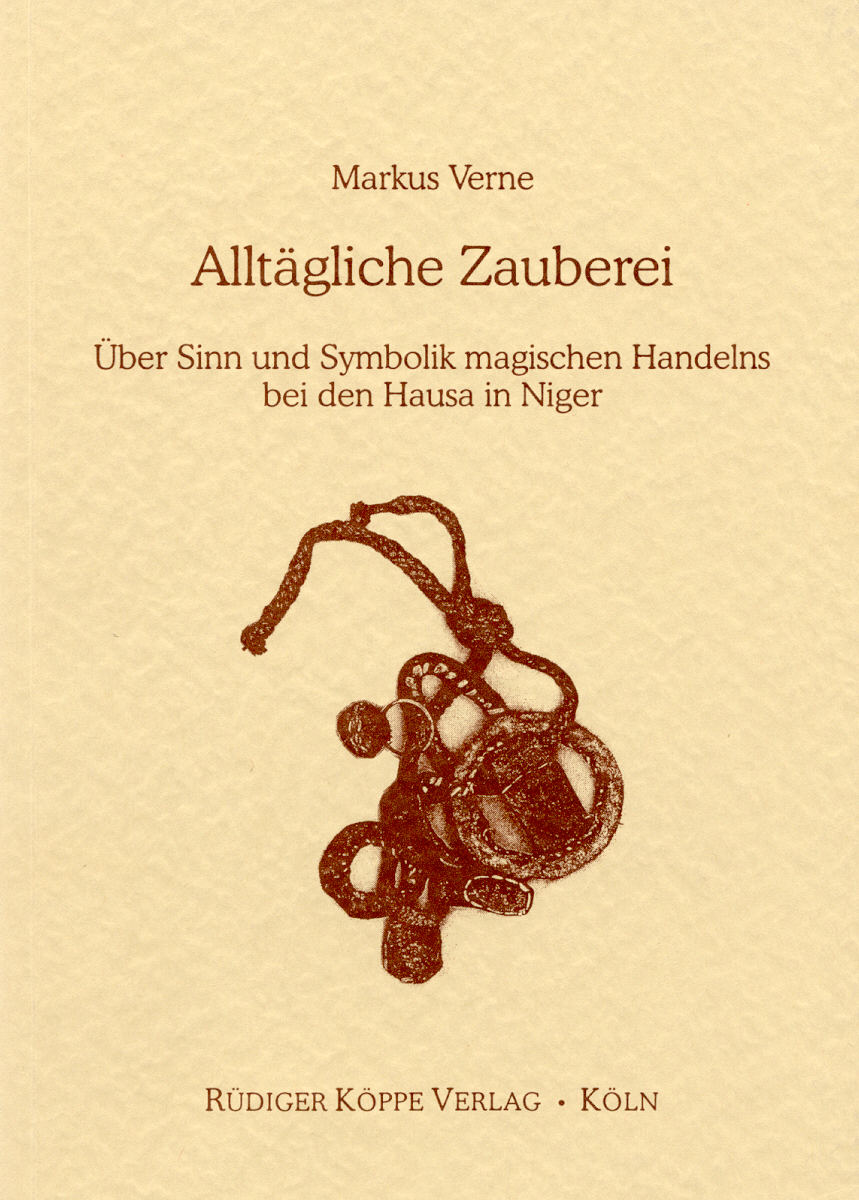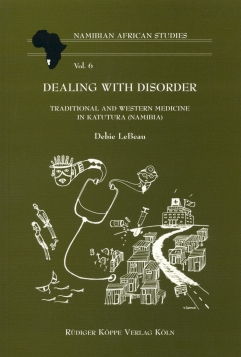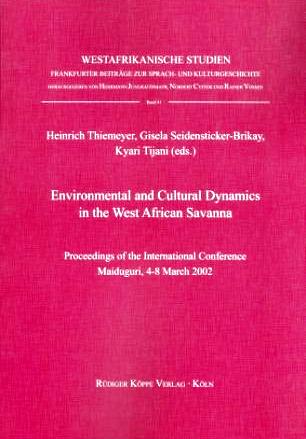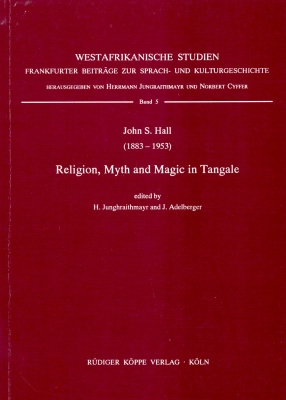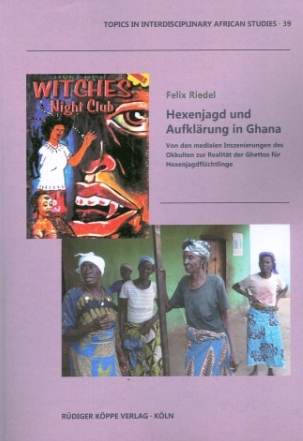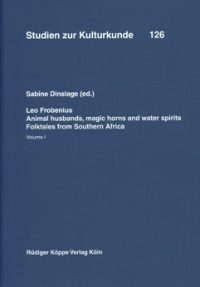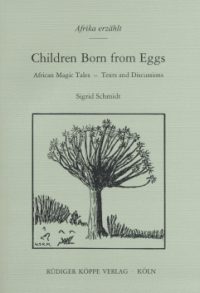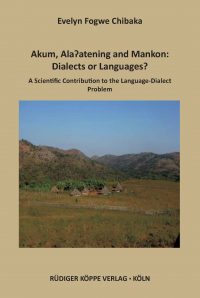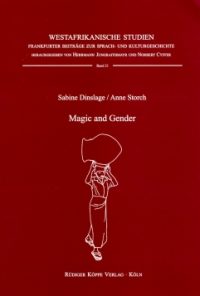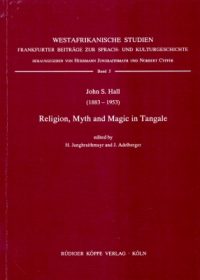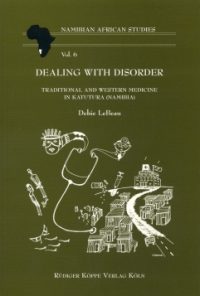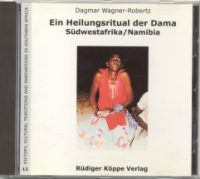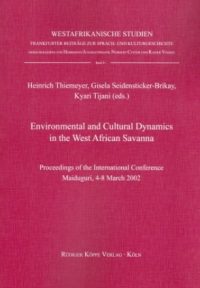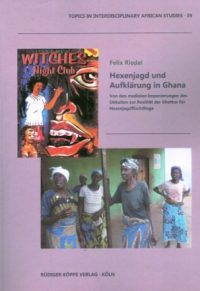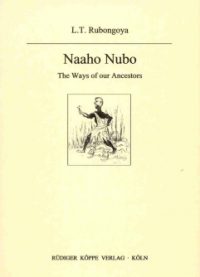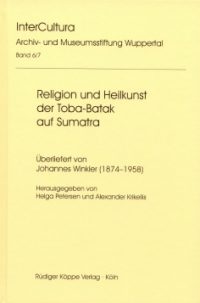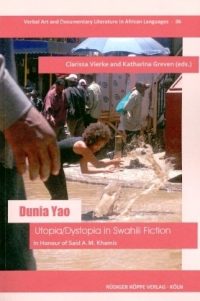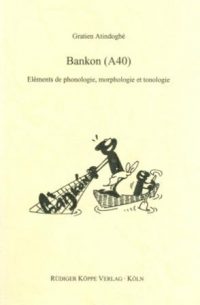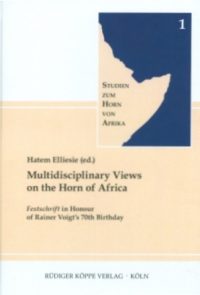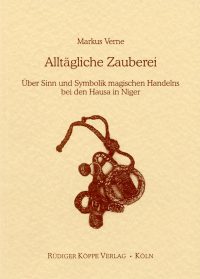2010
393 pp.
5 maps, 14 colour photos, 1 b/w photo, 3 colour figures, 10 b/w figures, numerous tables and charts
Text languages: English, French
CONTENTS
I. Representations of Invisible/Unseen Objects
Heike Behrend: Electricity, Spirit Mediums and the Media of Spirits
Gerrit J. Dimmendaal: Perception of the Living Dead and the Invisible Hand in Teso-Turkana
Sylvie Donnat: Written Pleas to the Invisible World – Texts as Media between Living and Dead in Pharaonic Egypt
Johannes Harnischfeger: Spiritual Warfare in Igboland, Southeast Nigeria
Joseph Koni Muluwa / Koen Bostoen: Les plantes et l’invisible chez les Mbuun, Mpiin et Nsong (Bandundu, RD Congo)
Anja Kootz: Imagination and its Readings in Ancient Egypt
Juan-Carlos Moreno García: Oracles, Ancestor Cults and Letters to the Dead – The Involvement of the Dead in the Public and Private Family Affairs in Pharaonic Egypt
II. Social Organization and History
Keith Allan: Taboos and Quirks of Human Behaviour
Gumma Ibrahim / Marcus Jaeger: Invisible Bonds between Kordofan and Dongolawi Nubians According to Tagle Oral Traditions
Ulrich Kleinewillinghöfer: Bogon akolesa – Taboos of the Chala. “Why we shouldn’t do what we don’t do”
Françoise Labrique: Percevoir le divin, selon le cycle des legends thébaines dans Ovide, Méthamorphoses III
III. Perceptive Preferences and the Categorization Patterns
Walter E.A. van Beek: Eyes on Top? Culture and the Weight of the Senses
Roger M. Blench: The Sensory World – Ideophones in Africa and Elsewhere
Evelyn Fogwe Chibaka: The ‘Invisible’ Perception Verbs Comparison – In Mankon and Meta Succession-Induction Traditional Rites
Yvonne Treis: Perception Verbs and Taste Adjectives in Kambaata and Beyond
IV. Language and Discourse
Gratien G. Atindogbé: Naming the invisible in Bantu Languages of Cameroon – On the Semantic Coherence of Nominal Class Systems
Anne-Maria Fehn / Anne Storch: Water and Inversion – African Conceptualization
Under these links you will find further studies on magic and invisible phenomenons in Africa and Asia:

